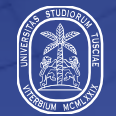Introduction
The University of Tuscia, also known as Unicus, is a public medium-sized university located in Viterbo, Italy, with campuses in and around the historic center.
Overview
Student size: 8,352 students, including 274 international students.
Staff: 313 academic staff, 61 researchers.
History and establishment
Founded in 1979, the university has rapidly developed into a center of local culture and learning, offering a variety of courses for local, national and international students.
Strength of the school
Faculty: With 313 academic staff and 61 researchers, it can provide professional teaching and guidance to students.
Research level: Actively participate in various research projects. According to data from 2022-2023, it has certain performance in many indicators, such as the number of publications published, and some disciplines are ranked relatively high in research, such as 124th in the field of agricultural sciences. , etc., demonstrating its strength in scientific research.
International Cooperation: It is a member of the European University Association (EUA), and has carried out cooperative exchange projects with many international institutions and institutions, providing students with broad international exchange opportunities and improving the internationalization level of the school.
Nature of the institution
Public non-profit university.
Educational philosophy
Focus on combining local attention with a broad international perspective, emphasizing innovative teaching in sustainability, ecological transformation, renewable energy, etc., and is committed to providing students with a high-quality learning experience, cultivating students' professional skills, maintaining a good teacher-student ratio, and providing technology-oriented administrative student services.
Key laboratories and disciplines
Key laboratories: No specific key laboratories are explicitly mentioned, but the school participates in four national technology clusters, including the Italian Cluster of Green Chemistry, the Italian Cluster of Blue Growth Technology, the Cultural Heritage Technology Innovation Cluster, the National Agricultural Food Cluster, etc., which provide rich resources and platforms for the school's scientific research.
Advantageous disciplines: Agricultural science, environment / Ecology, plant and animal sciences and other disciplines have performed well in international rankings. The disciplines covered by its departments of agriculture and forestry sciences, ecology and biological sciences, and economics, engineering, society and business also have certain advantages. Three of the departments have been rated as excellent departments by the Italian Ministry of Education and Research.
Departments
The school has six departments, namely the Department of Humanities, Communication and Tourism Sciences; the Department of Literature, Languages, Communication, History, Law and European Institutions; the Department of Economics, Engineering, Society and Business Organization; the Department of Ecology and Biological Sciences; the Department of Agriculture and Forestry Sciences; the Department of Biology, Forestry and Agri-Food System Innovation.
Rankings
QS World University Rankings 2025: 901st.
Times Higher Education World University Rankings 2025: 701st.
US News Best Global University Rankings 2022-2023: 826th, including 124th in agricultural sciences, 499th in environment/ecology, and 139th in plant and animal sciences. Rank.
2022-2023 CWUR ranking: 1292th in the world, 54th in Italy.
Expenses
Tuition fees for foreign students are at least $1088 per year, and other expenses such as accommodation, transportation, study materials, food and personal expenses should be taken into consideration.
Campus environment
Geographic location: The main campus is located in Viterbo, Lazio, central Italy, less than 100 kilometers from Rome and more than 200 kilometers from Florence. In addition, there are campuses in Rieti and Civitavecchia. Viterbo is a city with typical medieval characteristics, and it also has modern facilities and services. The surrounding natural environment is beautiful, with mountains, beaches and other landscapes, as well as hot springs and other resources.
Teaching facilities: There is a scientific library with a rich collection of books on campus, which provides strong support for students' study and research. Each department is also equipped with corresponding teaching and research facilities to meet the teaching and scientific research needs of different disciplines.
Living facilities: The living facilities around the campus are complete. Due to the low local living cost, it provides convenient and affordable living conditions for international students.
-
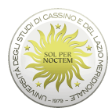
University of Cassino and Southern Lazio
-

University of Campania Luigi Vanvitelli
-
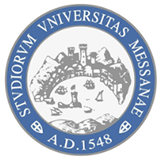
University of Messina
-
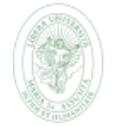
Libera Universita degli Studi Maria SS. Assunta di Roma (LUMSA)
-
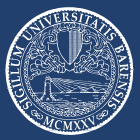
University of Bari Aldo Moro
-
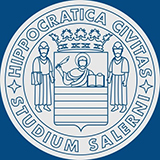
University of Salerno
-
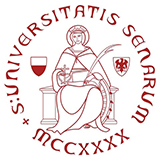
University of Siena
-
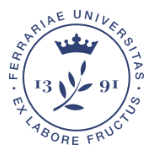
University of Ferrara
-
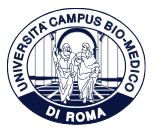
Campus Bio-Medico University of Rome
-

University of Genoa
-

Mesoamerican University
-

Istmo University
-

Mariano Galvez University of Guatemala
-

Regional University of Guatemala
-

Galileo University
-

Francisco Marroquín University
-

Rafael Landívar University
-

University of the Valley of Guatemala
-

University of San Carlos of Guatemala
-

Technological Institute of Tlaxcala Plateau
-

Golfo University
-

Technological University of South Sonora
-

Technological University of Huejotzingo
-

Tizimín Institute of Technology
-

Chilpancingo Institute of Technology

